Leading Through Allyship: Top 5 Takeaways from Experts
We talked to leaders who shared their best practices for becoming an ally in the workplace and offered actionable steps we can all take.
We invited a stellar lineup of panelists to join us in a monthly #ManagerChats to have an important conversation around leading through allyship. This chat was in partner with MESH/Diversity to further promote the importance of diversity and inclusion in and outside of the workplace. To see what our expert panelists had to offer for becoming an ally, keep reading!
1 An ally is…
In a Forbes article, Sheree Atcheson defined an ally as a person who actively aspires to advance a culture of inclusion through intentional and conscious efforts that benefit people as a whole. It’s important to define what an ally is so we all have a mutual understanding.
Being an ally in the workplace includes privilege, curiosity and advocacy.
“Being an ally in the workplace means using your position, privilege, skills and experience to make a difference and to actively remove barriers underrepresented communities face.” – Prasanna Ranganathan, Senior Lead, Diversity and Belonging at Shopify
Sitting with discomfort, speaking up and listening were also factors listed when asked what an ally in the workplace is. Cassie Myers, Founder of Lunaria, went on to explain:
“Allyship is an active and continuous practice of working in solidarity with someone who was not afforded the same privileges as you. You speak up even if it’s uncomfortable, act even if your work goes unnoticed and use your privileges to rearrange power.”
2 Continue to educate yourself
There are so many resources available to those who wish to become better allies. Here are a few of our panelist’s recommendations:
“This is actually the very reason that we created our Diversity Intelligence™ Learning labs as well as our allyship sessions.” – Dr. Leeno Karumanchery, Head of Behavioural Sciences at Mesh Diversity
With a surplus of resources available to us, Tonia Kallon, People and Culture Storyteller, shares a resource that gives a more personal understanding of allyship.
“Having conversations! There are many resources and thought leaders but actually talking to folks and understanding how and when they need an ally has been helpful. Understanding on an individual level and taking that baseline to the collective.”
If you prefer reading, here is a list of book recommendations from our panelists:
- Becoming an Ally by Anne Bishop
- Uprooting Racism by Paul Kivel
- So You Want to Talk About Race by Ijeoma Oluo
- White Fragility by Robin DiAngelo
- “I Will Not be Erased” by gal-dem magazine
3 Make all voices heard
Not everyone feels comfortable speaking up during meetings for various reasons. But as managers and leaders, it is their responsibility to create a safe environment for inclusivity.
Matthew Yazzie, Organizational and Behavioral Scientist, shares how to prepare for the best:
“Inclusivity starts before the meeting. Share an agenda 24 hours prior so everyone can process. During the meeting, make sure everyone is clear on expectations. Write things down. Keep notes on who is sharing. Moderate disruptors. Strive for ending on a note of consensus.”
Sharing an agenda was a common theme our panelists shared. Being prepared allows others to gather their thoughts and feel more confident in participating in meetings. This directly impacts the environment you are creating.
“I remind people at the beginning of meetings to take up space. This is the time for us to build safety and trust in one another. You’ve to agree and vocalize your rules of engagement as a team, otherwise people, fear that retaliation may occur if they speak up.” – Sean Page, Talent at Webflow
Feedback was also brought up in a way we may not always consider. Prasanna encourages us to use feedback in a positive way:
“Give regular, direct and specific positive feedback. We always talk about feedback in terms of development areas, but we need to tell people who are crushing it that they are crushing it. Encourage celebration, not simply evaluation.”
4 Behaviours to avoid
It’s important to be aware of which behaviors limit people’s confidence and capacity to innovate. As an ally, it’s crucial to own your mistake and learn from it, rather than staying silent.
“When you see something, say something. The more learning you do, the better equipped you are to see patterns and feel comfortable jumping in. Even if you can’t quite articulate it until later: saying something late is better than not addressing it at all.” – Jen Couldrey, Executive Director of The Upside Foundation
If someone comes to you with advice or to offer their perspective on your (or someone else’s) actions – don’t get defensive! Chauntelle JN Lewis, Consultant at Hustle Crew, says to do this instead:
“Take a deep breath and listen. It’s not an attack on you–those facing discrimination need you to be a sounding board. Return to workplace policies–what’s the process for handling these types of sensitive situations?”
Behaviours that we should embrace were also mentioned. Dr. Karumanchery offered his thoughts on what an ally should have in their toolkit:
“Civility, particularly under stress, is an invaluable tool in an ally’s tool kit. Even when in the midst of a heated debate, it’s important that allies voice their thoughts and opinions in a manner that invites dialogue and establishes safety.”
5 Measuring Diversity and Inclusion Initiatives
How can companies monitor their businesses D&I initiatives? The overall theme was accountability. Prasanna shares exactly how to measure impact with various variables:
“We are measuring the results of DEI initiatives through quantitative & qualitative data, Pulse surveys, process audits, research into belonging, and annual work plans/reports that bring our Global Diversity and Belonging Strategy to life and measure its impact.”
It’s important to note that diversity goes beyond representation and who is sitting at the table, although that is important. Here is what to consider beyond that:
“We measure not just representation (what is the diversity around the table) but also participation (how are different groups engaging)? We’ve added diversity metrics to all areas of the business, from BD to social media. We also solicit qualitative feedback.” – Jen Couldrey, Executive Director at The Upside Foundation
Fellow hosts #ManagerChats on the last Tuesday of each month at 12pm ET. If you don’t want to miss one of these chats, follow us on Twitter @Fellowapp for topic announcements and more important conversations!
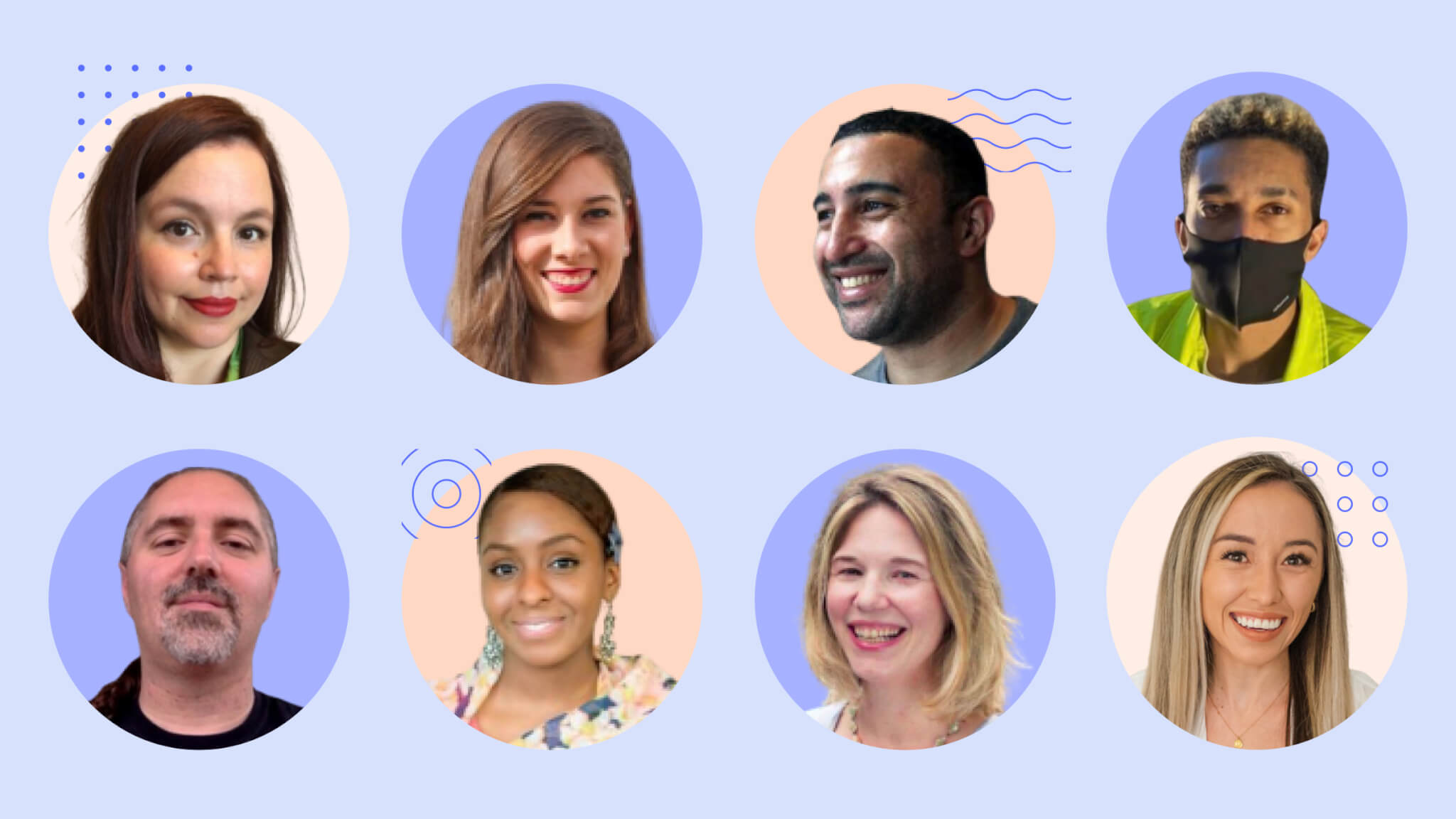
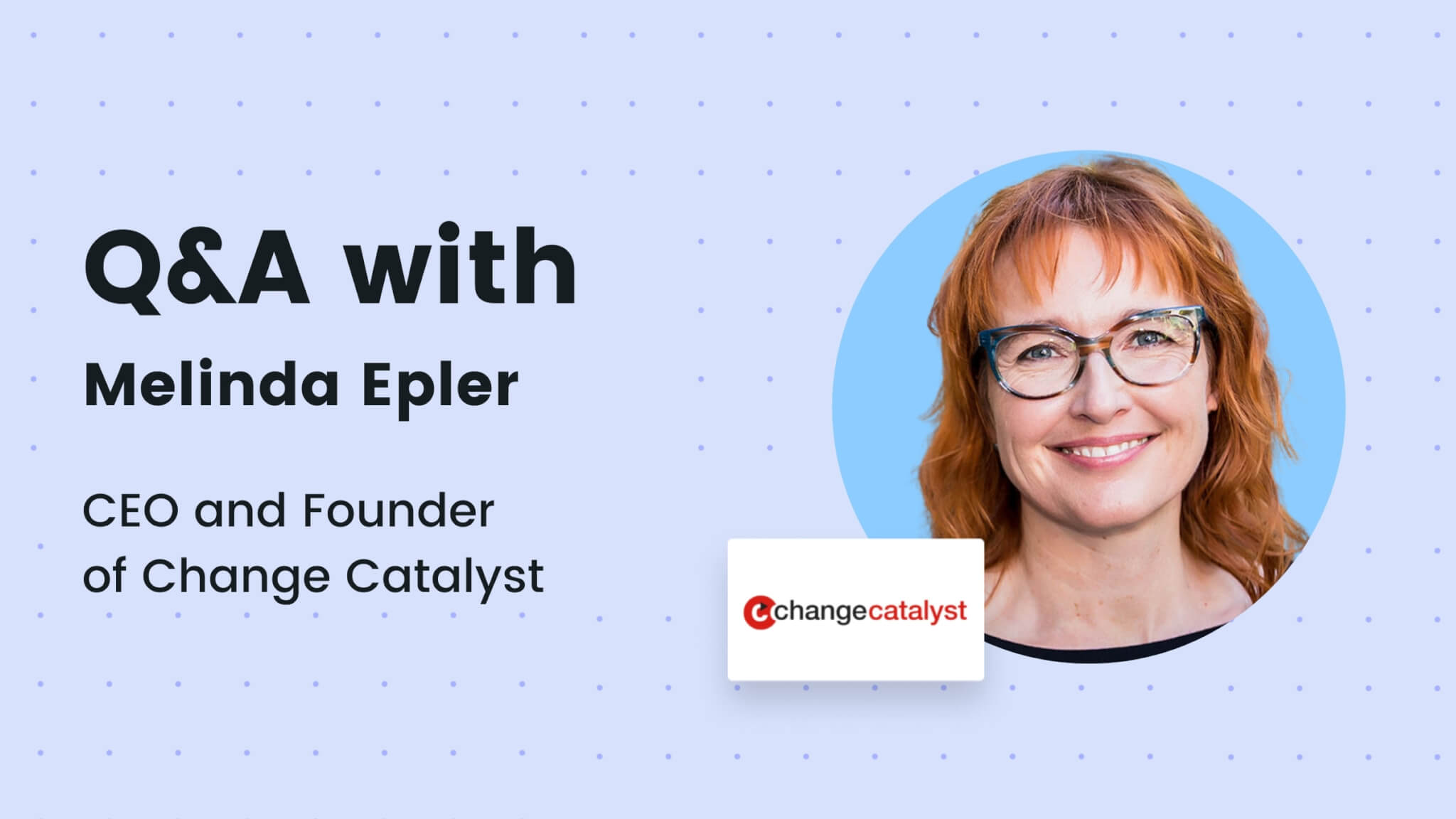






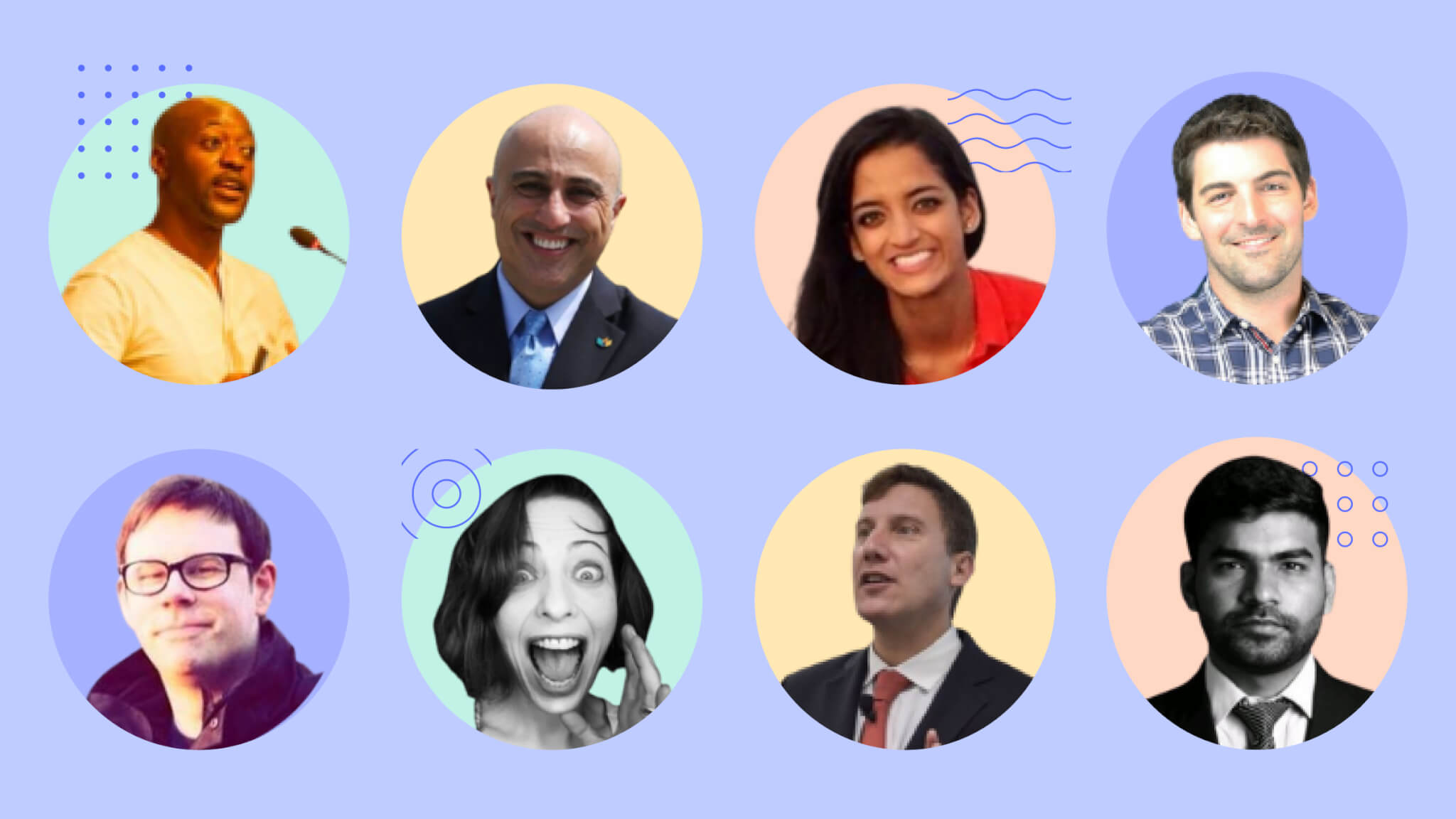
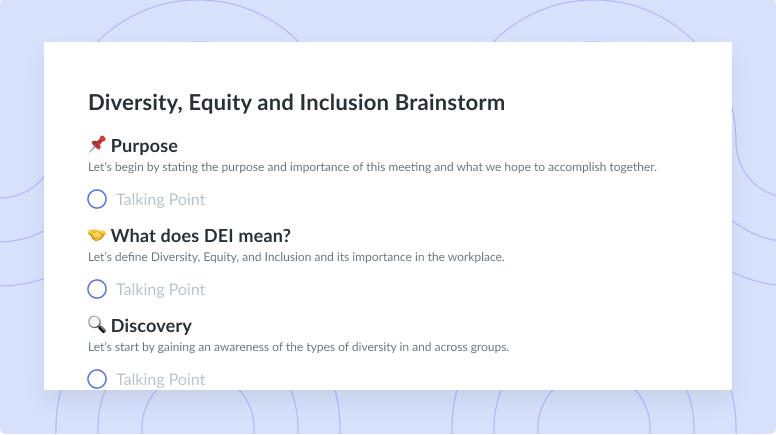
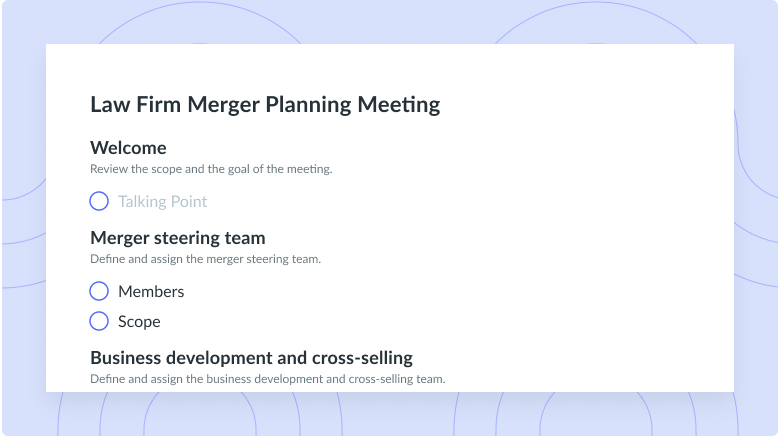
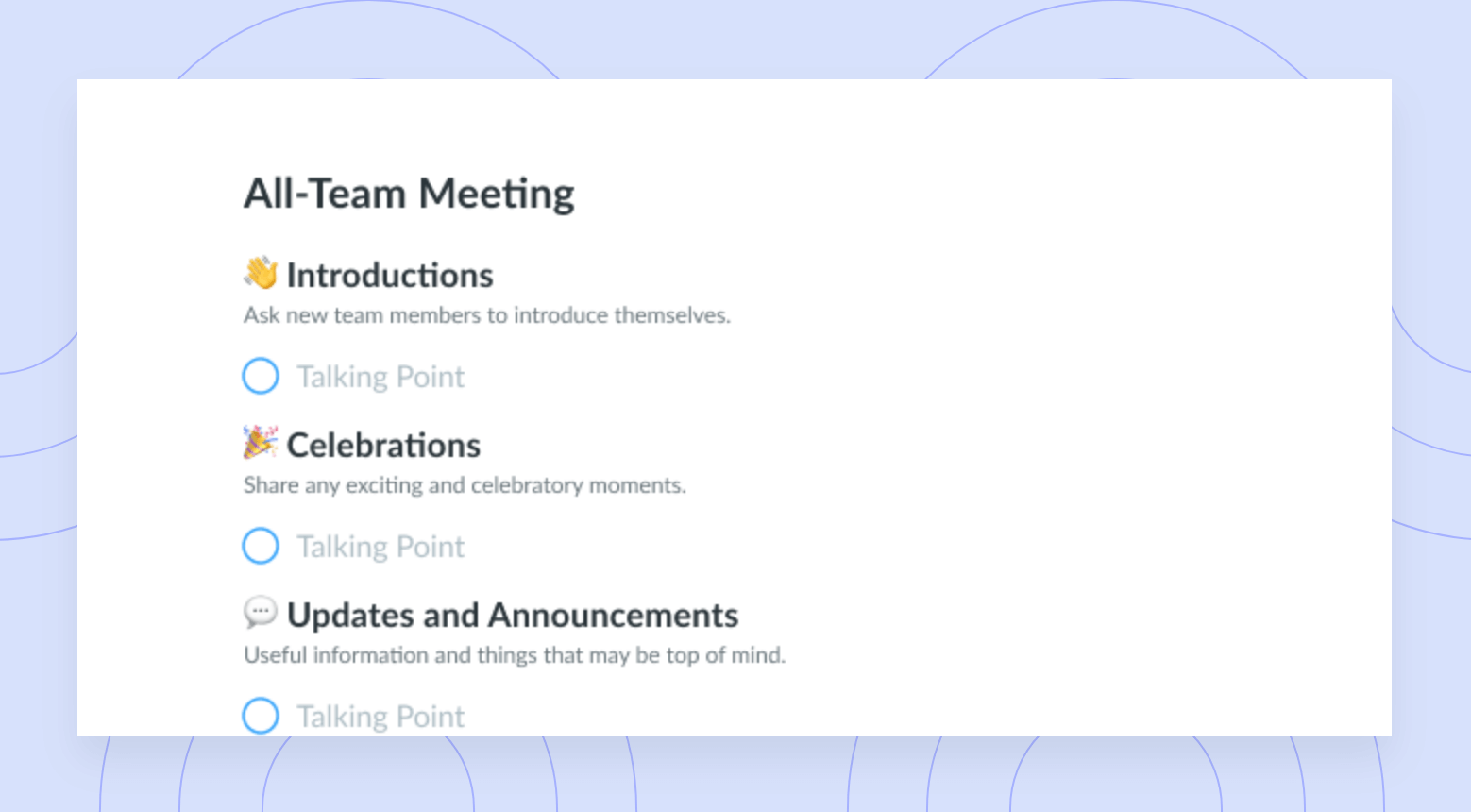
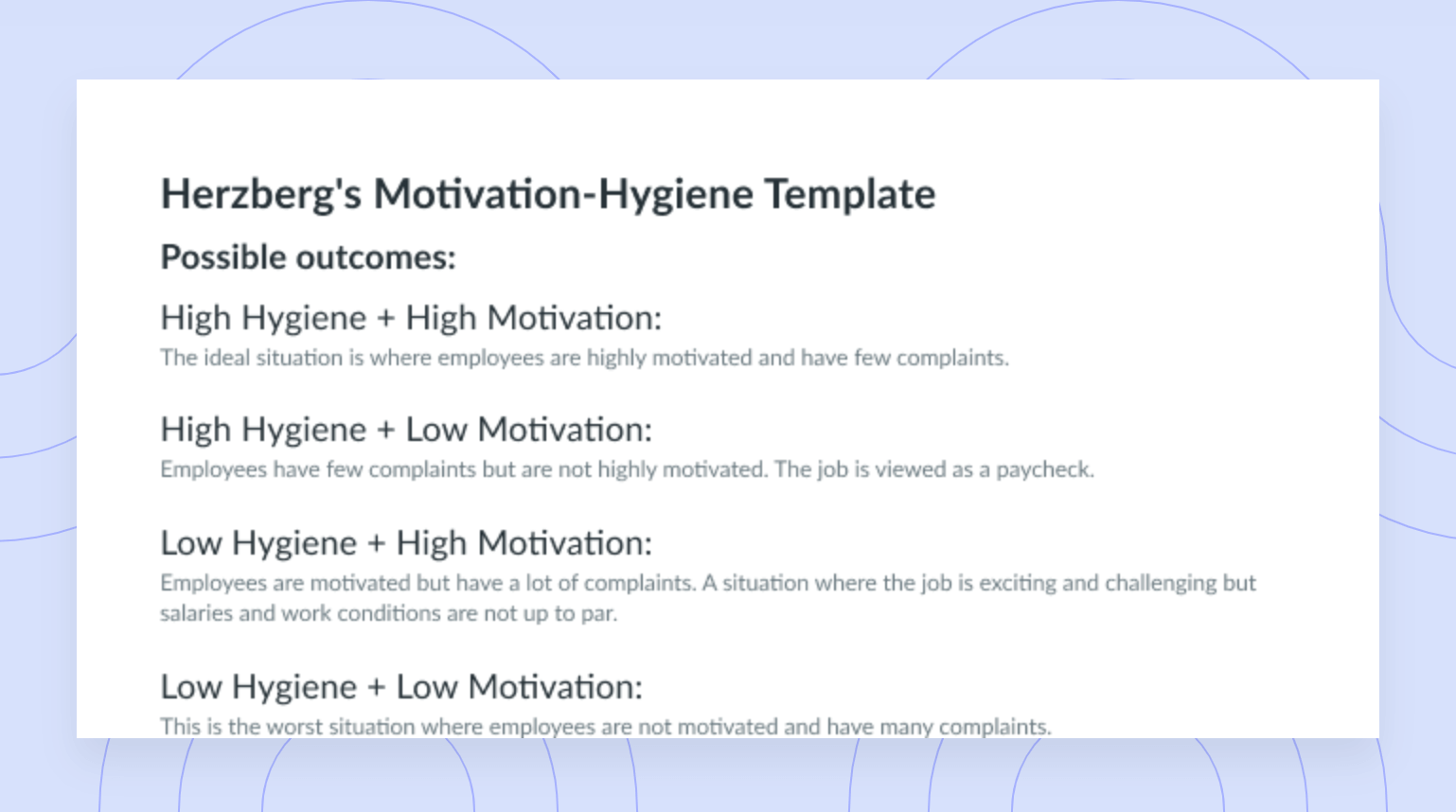
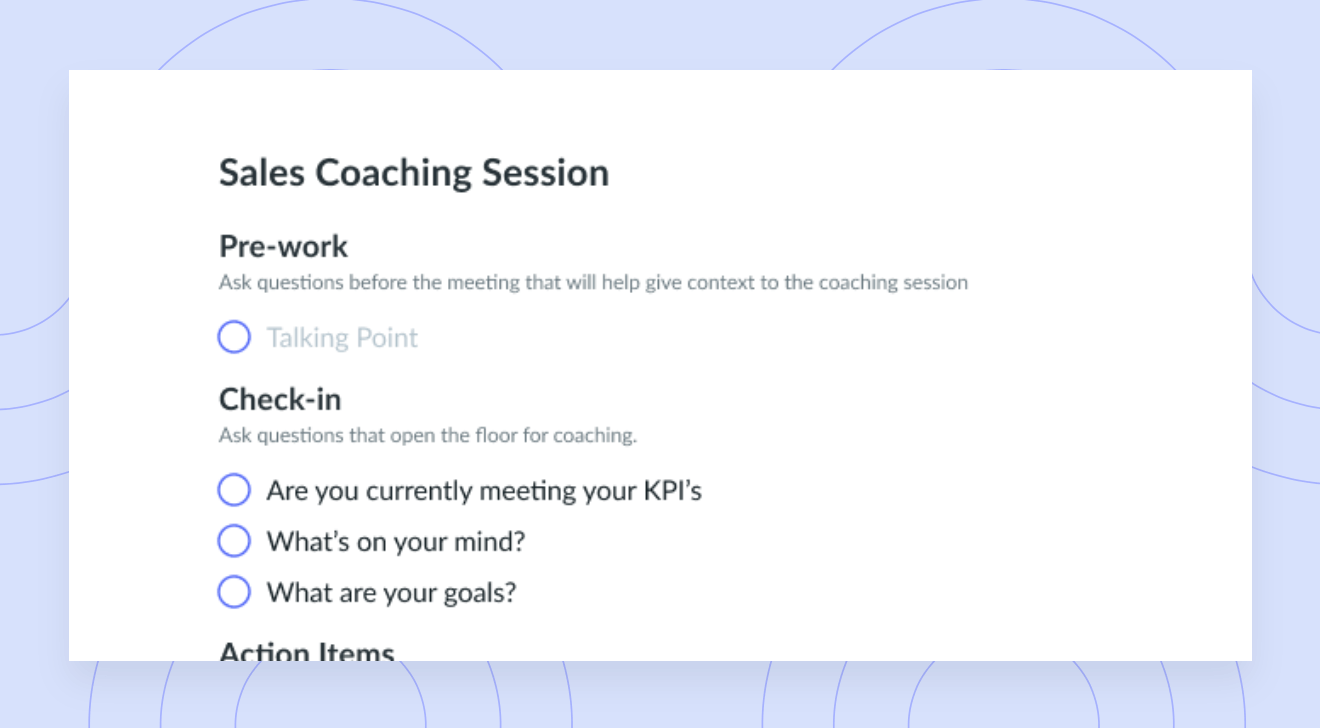


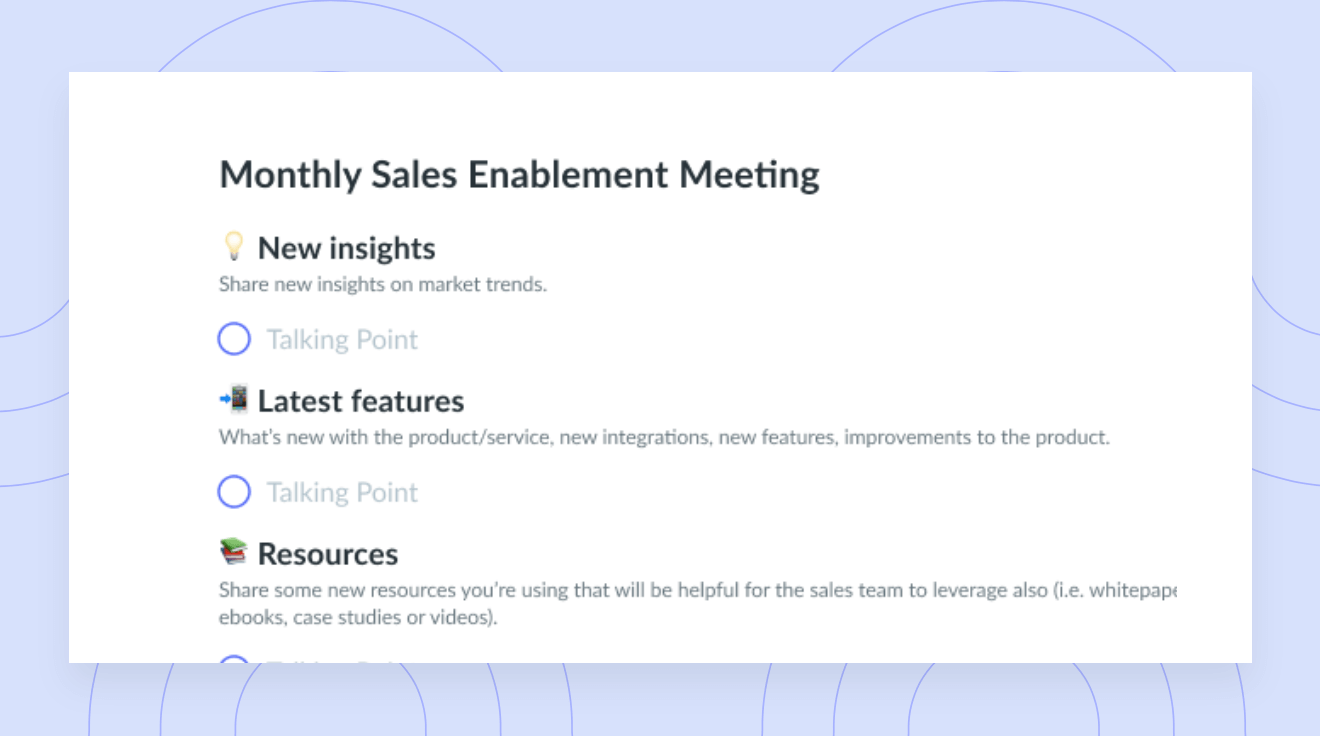
![Crisis Management Round Table [Daily Check-In] Template](https://fellow.app/wp-content/uploads/2021/09/Crisis-Management-Round-Table-Daily-Check-In-preview.png)










